NASA SVS Atmospheric Black Carbon Density
$ 23.00 · 4.8 (163) · In stock
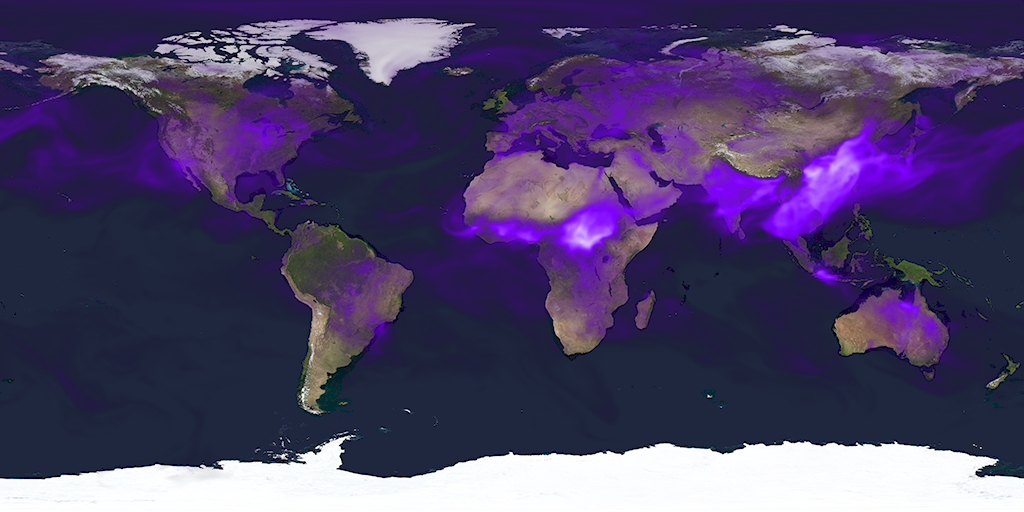
Black carbon, or soot, is formed from the burning of fossil fuels and biomass and lingers in the atmosphere for days or weeks before being deposited on the land or ocean. The transport and deposition of black carbon has become an important topic related to climate change since it can absorb sunlight and cause an increase in temperature on ice surfaces or in the atmosphere. The movement of black carbon in the atmosphere can be simulated by including existing black carbon data sets in a global model of the atmosphere. This animation shows the simulation of over three months of atmospheric black carbon production and movement from the Goddard Chemistry Aerosol and Transport (GOCART) model, which is driven by output of the GEOS5 global atmosphere simulation. Note the production of black carbon from industrialization in China and biomass burning in Africa, as well as the movement of black carbon across the oceans of the world.

NASA SVS

NASA SVS Atmospheric Black Carbon Density
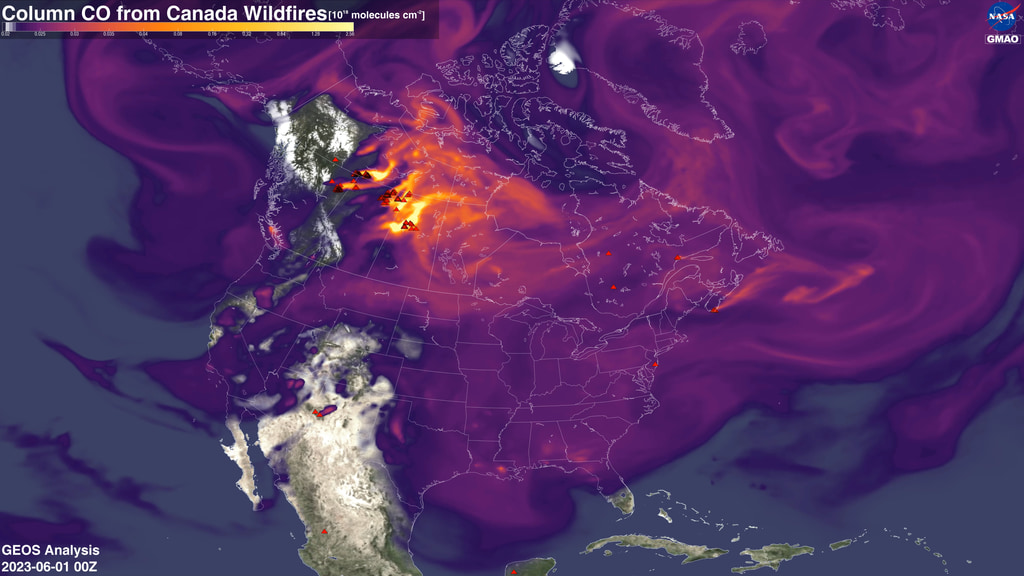
NASA SVS
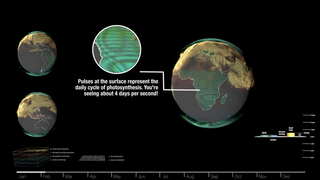
NASA SVS Atmospheric Carbon Dioxide Tagged by Source
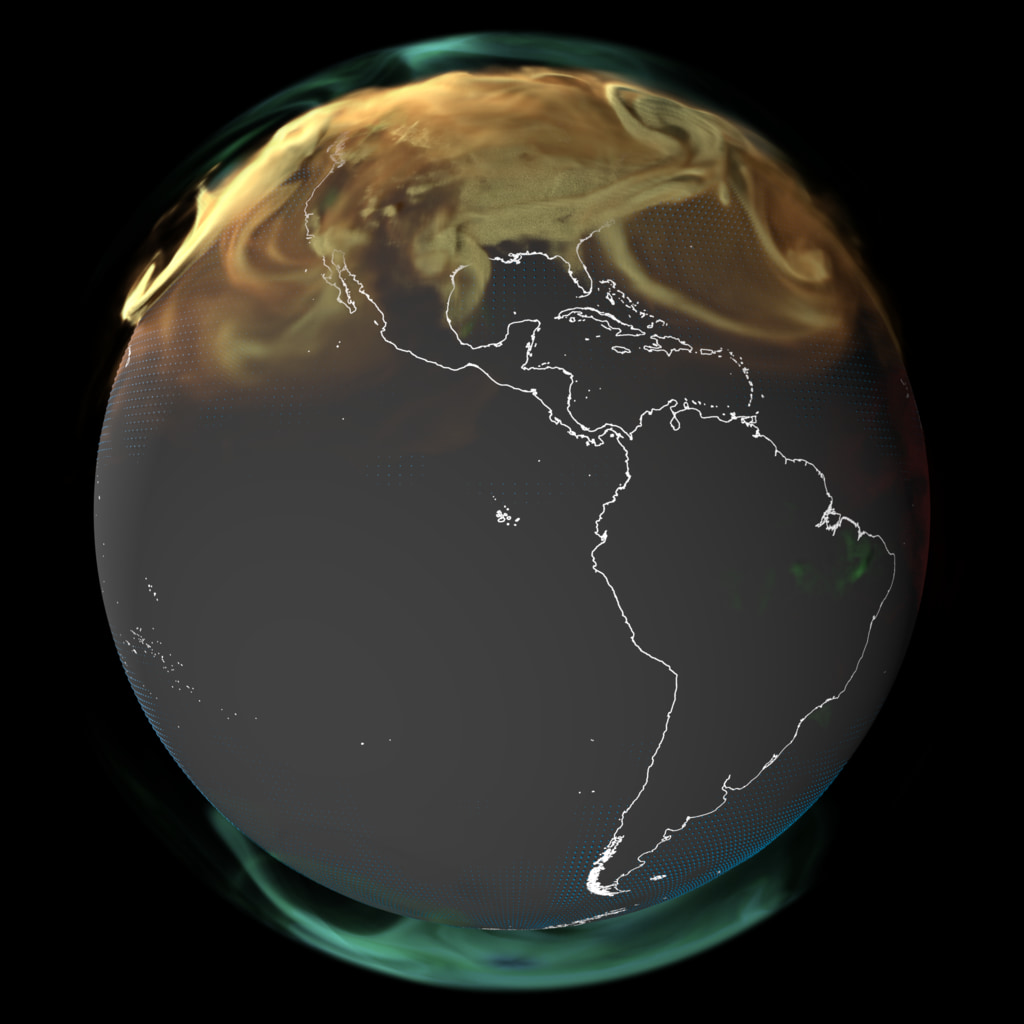
NASA SVS Atmospheric Carbon Dioxide Tagged by Source
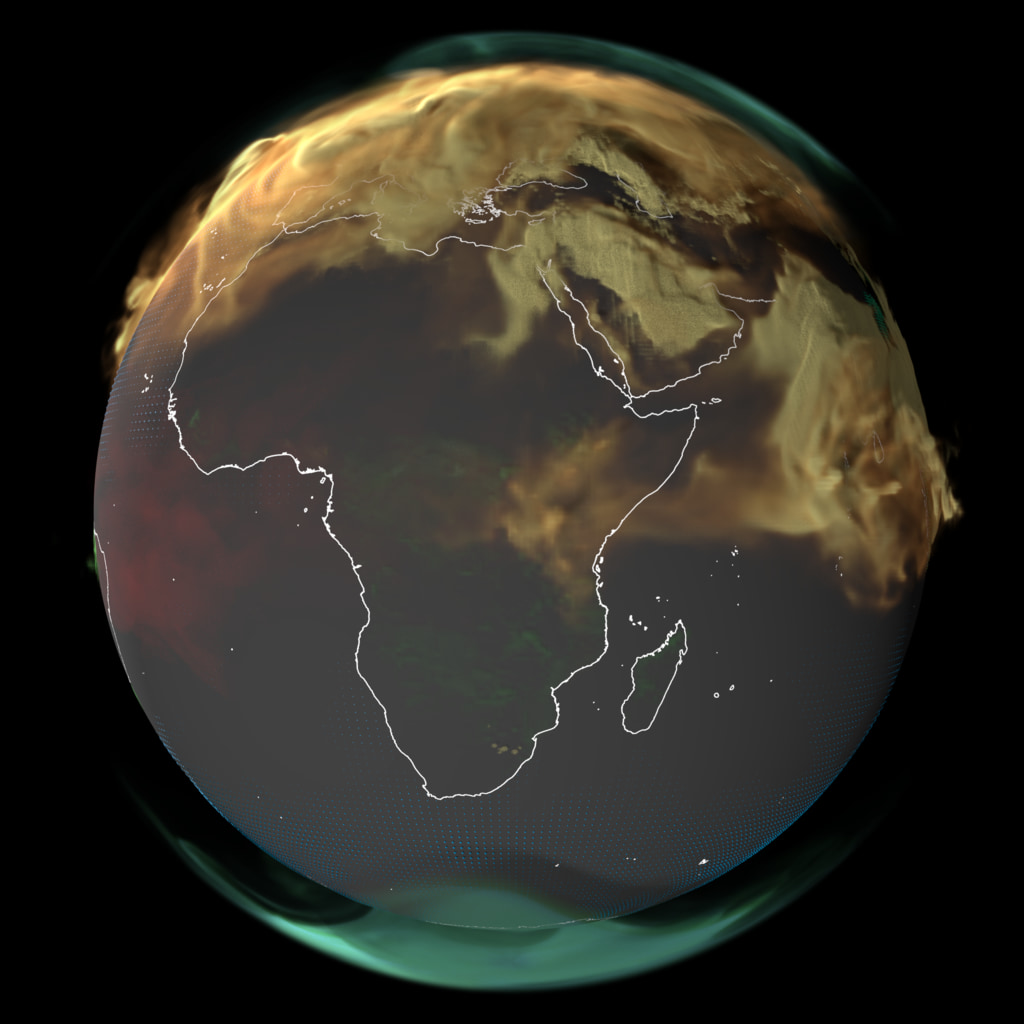
NASA SVS Atmospheric Carbon Dioxide Tagged by Source
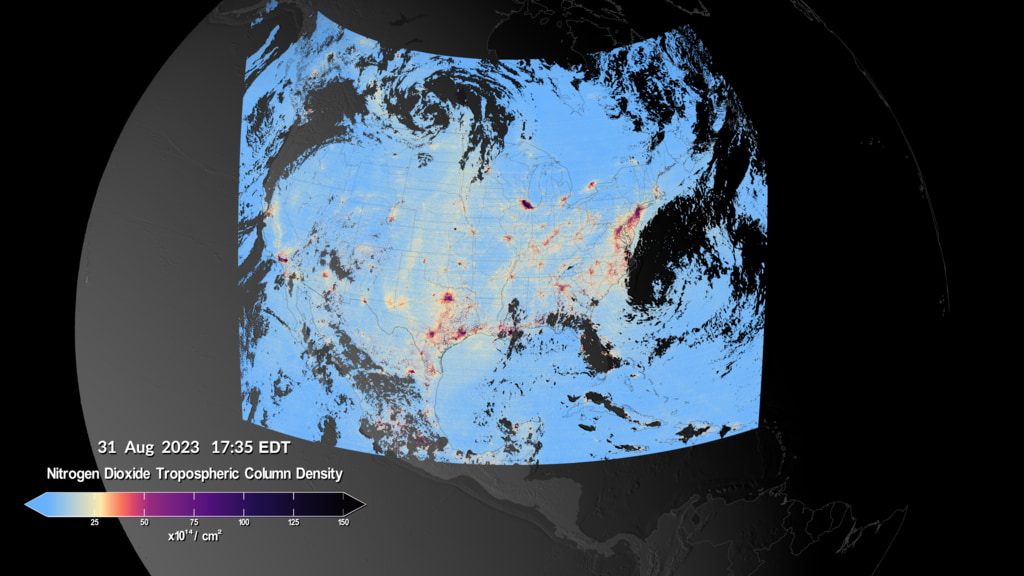
NASA SVS TEMPO - Nitrogen Dioxide Air Pollution Over North America - Additional Views
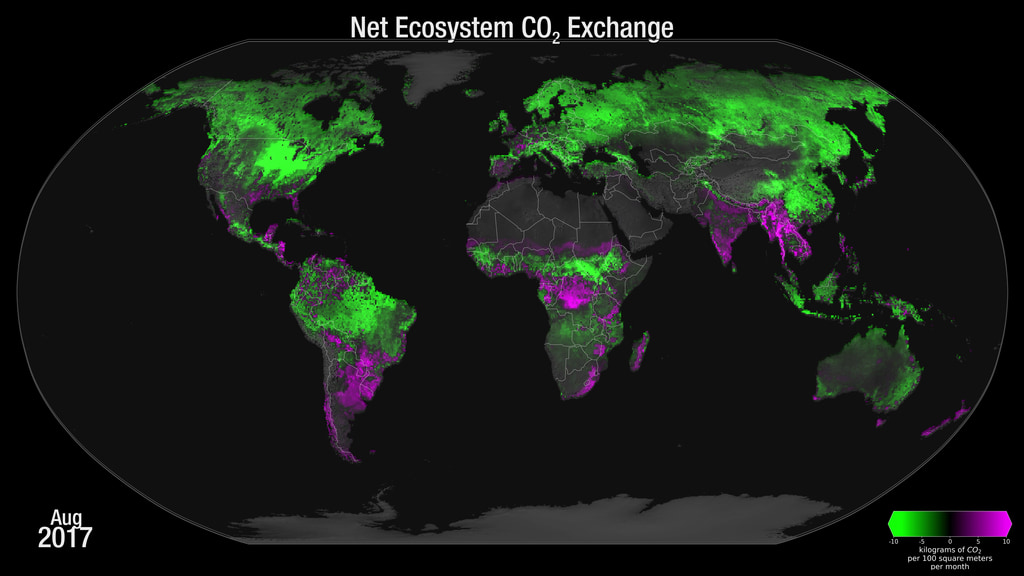
NASA SVS
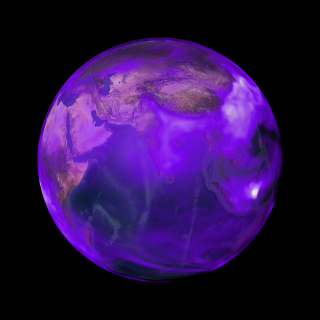
Global Transport of Black Carbon - NASA SVS
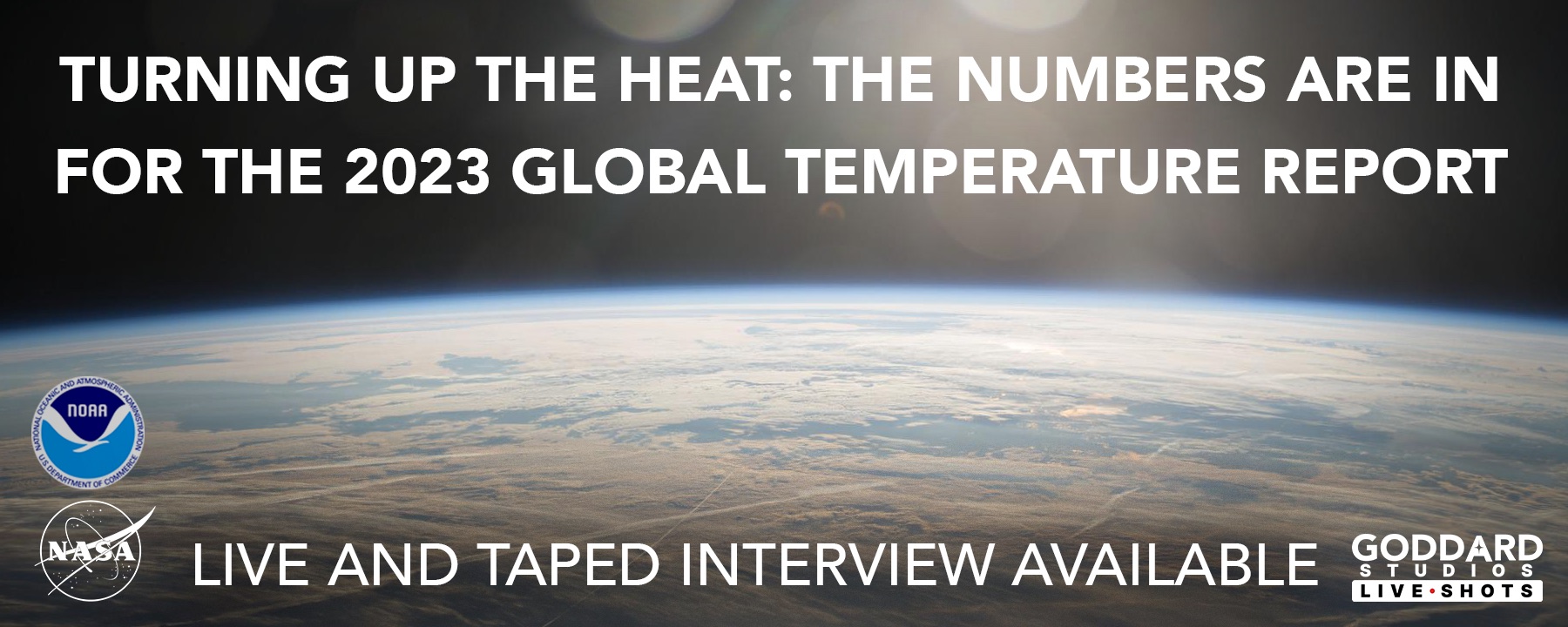
NASA SVS
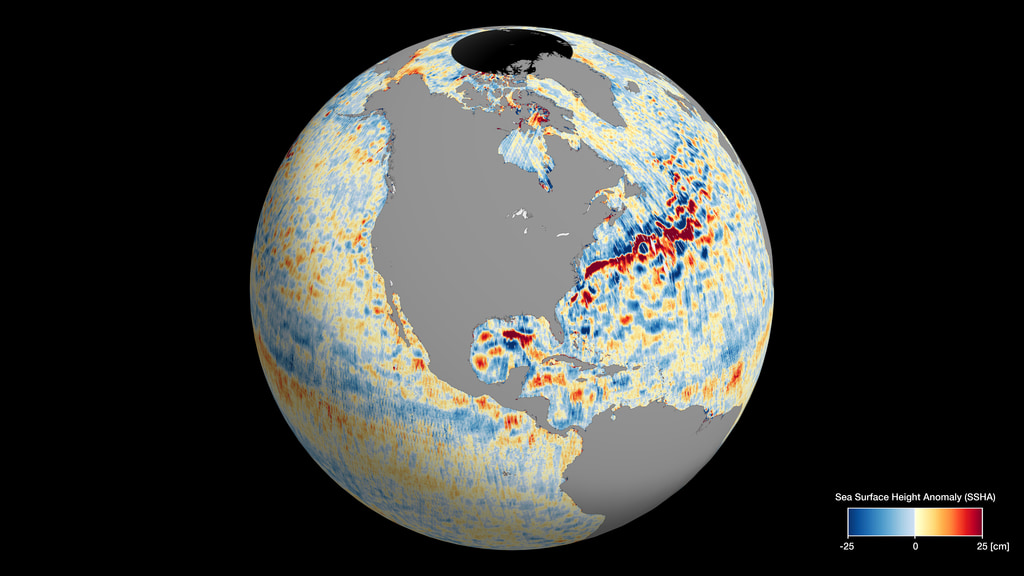
NASA SVS

NASA SVS Global Transport of Black Carbon